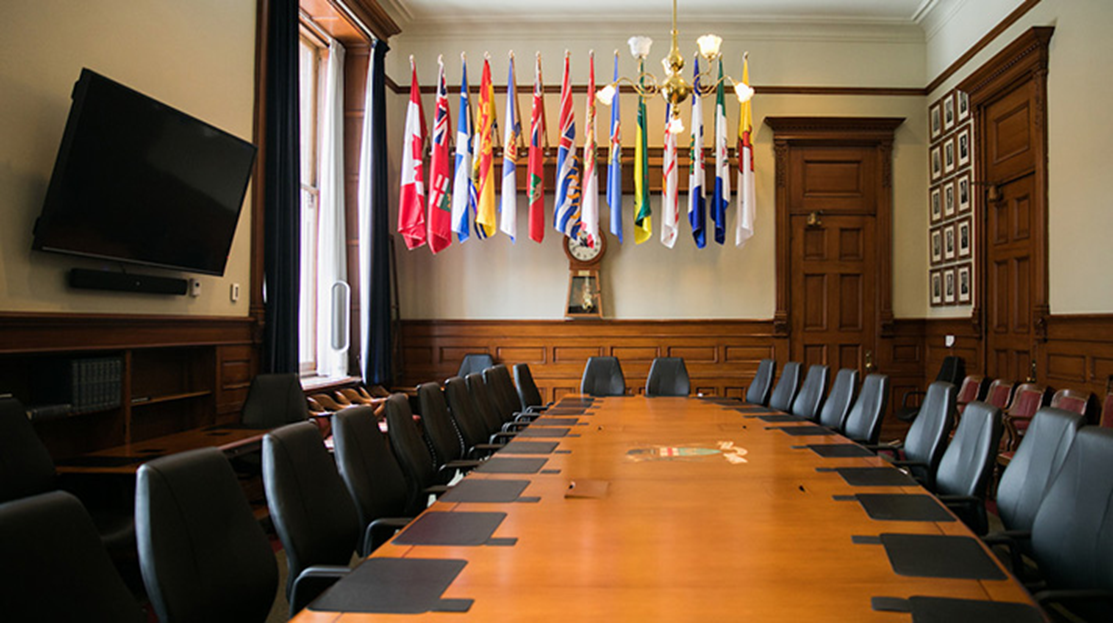September 8, 2023

In addition to their roles as MPPs, some members are also part of Cabinet. Cabinet, also referred to as “executive council,” is made of ministers and the Premier. This group is what we are referring to when we say “government.”
Cabinet is responsible for creating government policies that affect the daily lives of Ontarians. These policies can fall into a variety of areas, such as health, transportation, and education.
Policy areas are sorted into ministries, which are led by ministers. Ministers are appointed by the Lieutenant Governor on advice of the Premier. Associate ministers are appointed in the same way and help ministers carry out their duties. They are often assigned an area of responsibility in a ministry.
The government distributes responsibilities for each policy area among Cabinet ministers and parliamentary assistants. Parliamentary assistants also support ministers with their duties, but they aren't members of Cabinet. There can be multiple parliamentary assistants and associate ministers appointed to a ministry.
The opposition parties assign the same policy areas to their members. This is so these MPPs, known as opposition critics, can review the government’s policies and offer alternative solutions.
Sometimes there is a Cabinet shuffle, which means that roles within Cabinet have changed. This could mean ministers have switched the policy area they are responsible for, that ministers have left Cabinet and other MPPs have come into the role as ministers, or it could be a combination of the two.
Learn more
Read about parliamentary roles.
View a list of current ministers.
See which members are responsible for each policy area in the composite list.
